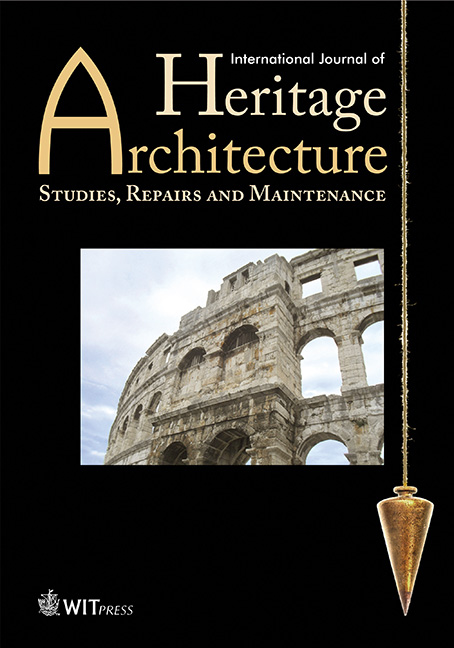Transformation of the urban patterns of Istanbul under the effects of the modernization during the Ottoman period
Price
Free (open access)
Volume
Volume 1 (2017), Issue 3
Pages
9
Page Range
297 - 306
Paper DOI
10.2495/HA-V1-N3-297-306
Copyright
WIT Press
Author(s)
SEVIN AKSOYLU
Abstract
Turkey was westernized after the declaration of The Tanzimat Charter in 1839. The modernization of Ottoman Empire inevitably brought changes into the administrative, socio-economic and spatial organization of the cities as well as in the lifestyles of urban dwellers. Urbanization and economic, cultural and social modernization processes created new buildings and establishments. The spread of particular techniques and concepts of urban intervention that were developed in some Western countries and saw their influences in other Western and non-Western countries has also resulted in changes in the urban pattern. The spread of ideas and some planning approach in Turkey was due to. Western engineers and architects for applying the new planning models throughout after the great fires of Istanbul in the 19th century. The implementation of Western urban planning principles and modern technology and the image of Western cities have affected the formation of new urban development and reconstruction activities in Turkish cities especially in Istanbul.
The aim of this article is to analyse the effects of planning practices initiated by the urban reforms of Tanzimat on the urban pattern of Istanbul. These analyses are based on a hypothesis, as the Turkish planning practices in the Tanzimat period were influenced by Western planning practices.
Keywords
diffusion of planning approaches, Istanbul planning, planning practices, Tanzimat Charter, urban pattern, urban reforms, westernization.




